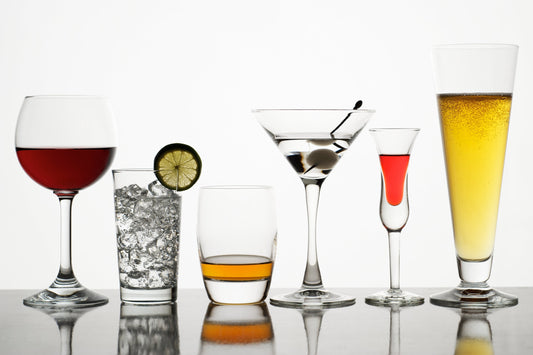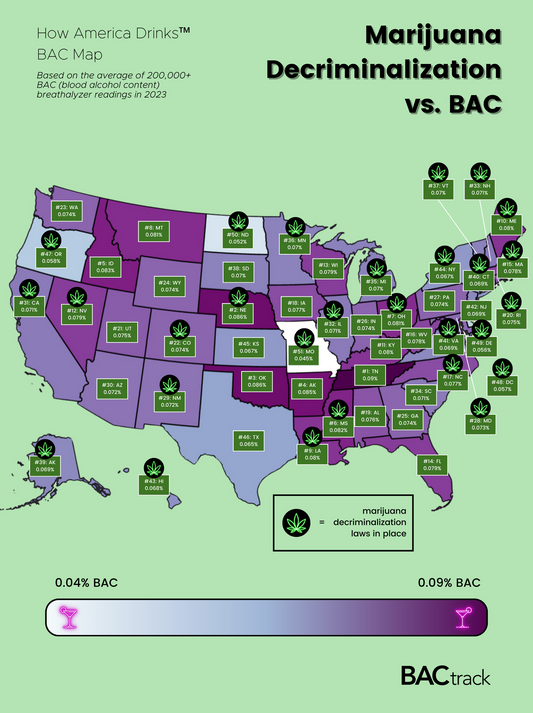Varying Alcohol Contents Challenges Assumptions--And Raises Need for Breathalyzers
Varying Alcohol Contents Challenges Assumptions--And Raises Need for Breathalyzers

For many of us, it's an assumption we learned long ago--beer contains less alcohol by volume than wine, which contains less alcohol than spirits. While this may not have changed by and large, the amount of alcohol in said beverages is being shaken up significantly by some recent trends, throwing previous assumptions about BAC levels out the window--and making the use of breathalyzers more important than ever.
The Public Health Institute's Alcohol Research Group released a report recently stating what label watchers may already know--the alcohol content in beer and wine varies widely. As more premium light beers, micro-brews, flavored hard ciders and malt beverage "coolers" hit the market, the prospect of counting drinks to estimate blood alcohol levels is more dangerous than ever. Add to this the fact that fortified wines like Sherry and Port that contain extra alcohol are enjoying a resurgence in popularity. More cause for alarm comes from the fact that federal law requires hard alcohol manufacturers to list spirits' alcohol content on labels--it's only optional for most beer and wines.
For many conscious drinkers, this is not news--but it is worth noting that assumptions should never be made when it comes to estimating blood alcohol content.
Don't guesstimate what your alcohol level is based on how many drinks you've had. Use a Professional Grade BACtrack Breathalyzer and know where you stand.



